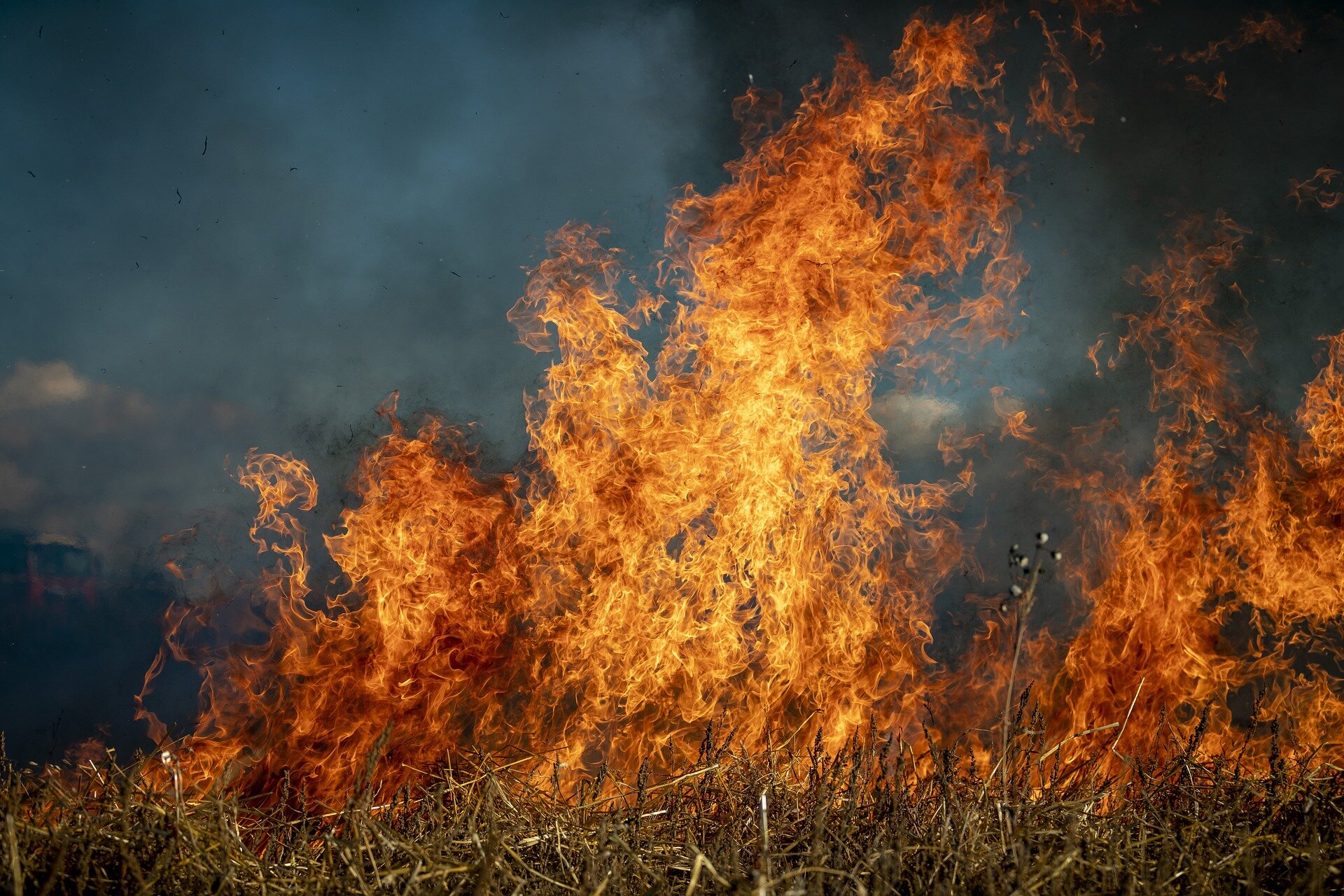Wildfires swept through the picturesque town of Lahaina, Hawaii, on August 8 and 9, 2023, leaving behind a charred and smoldering landscape. Lahaina, once the capital of the Kingdom of Hawaii, is now a popular tourist destination with a population of approximately 13,000 residents. Tragically, at least six people lost their lives in the fires, as confirmed by Maui Mayor Richard Bissen. However, the U.S. Coast Guard was able to rescue others who sought refuge in the ocean to escape the flames.
Even on the evening of August 9, fires continued to burn in both the tourist-filled west coast of Maui and further inland, as well as on the neighboring Big Island of Hawaii. The ideal conditions for these fires were a combination of dry grasses and strong winds, influenced by Hurricane Dora passing south of Hawaii. These factors greatly increased the risk of fire.
Although wildfires in the United States are usually quickly suppressed to protect communities, the winds during the initial day of the Maui fires were too strong for helicopters to be deployed. As a result, firefighters had to battle the blazes from the ground. To provide assistance, Lt. Gov. Sylvia Luke issued an emergency declaration and activated the National Guard. She also urged travelers to avoid the affected areas.
Sadly, the threat of wildfires has been on the rise in areas that were once considered safe. Our recent research reveals that over the past twenty years, a staggering 21.8 million Americans have found themselves residing within three miles of a large wildfire. Of those, nearly 600,000 individuals directly experienced the fire, with their homes situated within the wildfire’s perimeter. Shockingly, this number of people directly exposed to wildfires more than doubled between 2000 and 2019.
While some may attribute this increased risk to population growth and homebuilding in high-risk areas, our study indicates that these factors only explain a small portion of the rise. Instead, three-quarters of this trend can be attributed to fiery incidents spiraling out of control and encroaching upon existing communities. This newfound knowledge has profound implications for future wildfire preparedness, response strategies, and policy changes such as adjusting insurance premiums to minimize losses.
Climate change plays a significant role in the frequency and intensity of wildfires. Hot and dry weather conditions deplete moisture from plants and soil, leaving behind dry fuel that is highly susceptible to ignition. Furthermore, on windy days, a simple spark from sources such as power lines, campfires, or lightning can rapidly ignite a devastating wildfire. Recent research conducted in California indicates that almost all of the state’s increased burned area over the past few decades is due to human-induced climate change.
In our study, we delved beyond the mere scale of the burned areas and explored the locations where people were directly exposed to wildfires. By analyzing more than 15,000 large wildfires across the contiguous United States and annual population distribution data, we were able to estimate the number of individuals impacted by these fires. Contrary to popular belief, fires do not consume an entire area uniformly but instead burn in patches. This means that pockets of homes within the fire boundary may survive, while others succumb to the flames. While the population growth in wildland-urban interface areas, where residential areas are intermingled with forests and grasslands, does contribute to the increase in wildfire exposure, it only accounts for around one-quarter of the rise observed between 2000 and 2019. The remaining three-quarters can be attributed to the encroachment of fires onto existing communities. Although the total area burned only increased by 38%, the close proximity of intense fires to towns and cities puts lives at significant risk.
In California, which has experienced the highest number of people exposed to fires, various communities have borne the brunt of wildfires that have existed for decades. These wildfire catastrophes often occur during dry, hot, and windy conditions that have become more frequent due to climate change.
To mitigate the risk, it is imperative for communities to take proactive measures. Developing comprehensive wildfire response plans at the community level, reducing human-triggered ignitions of wildfires, and improving zoning and building codes can have a significant impact on preventing destructive fires. Additionally, reducing greenhouse gas emissions will contribute to slowing down the warming trend, ultimately reducing the severity of wildfires.
As we learn from the devastating fires in Lahaina, Hawaii, it becomes increasingly clear that the once-perceived safe communities are at heightened risk due to the changing dynamics of wildfires. It is crucial that we adapt our strategies and policies to address this growing threat effectively.
Denial of responsibility! SamacharCentrl is an automatic aggregator of Global media. In each content, the hyperlink to the primary source is specified. All trademarks belong to their rightful owners, and all materials to their authors. For any complaint, please reach us at – [email protected]. We will take necessary action within 24 hours.

Shambhu Kumar is a science communicator, making complex scientific topics accessible to all. His articles explore breakthroughs in various scientific disciplines, from space exploration to cutting-edge research.


